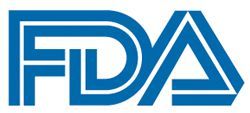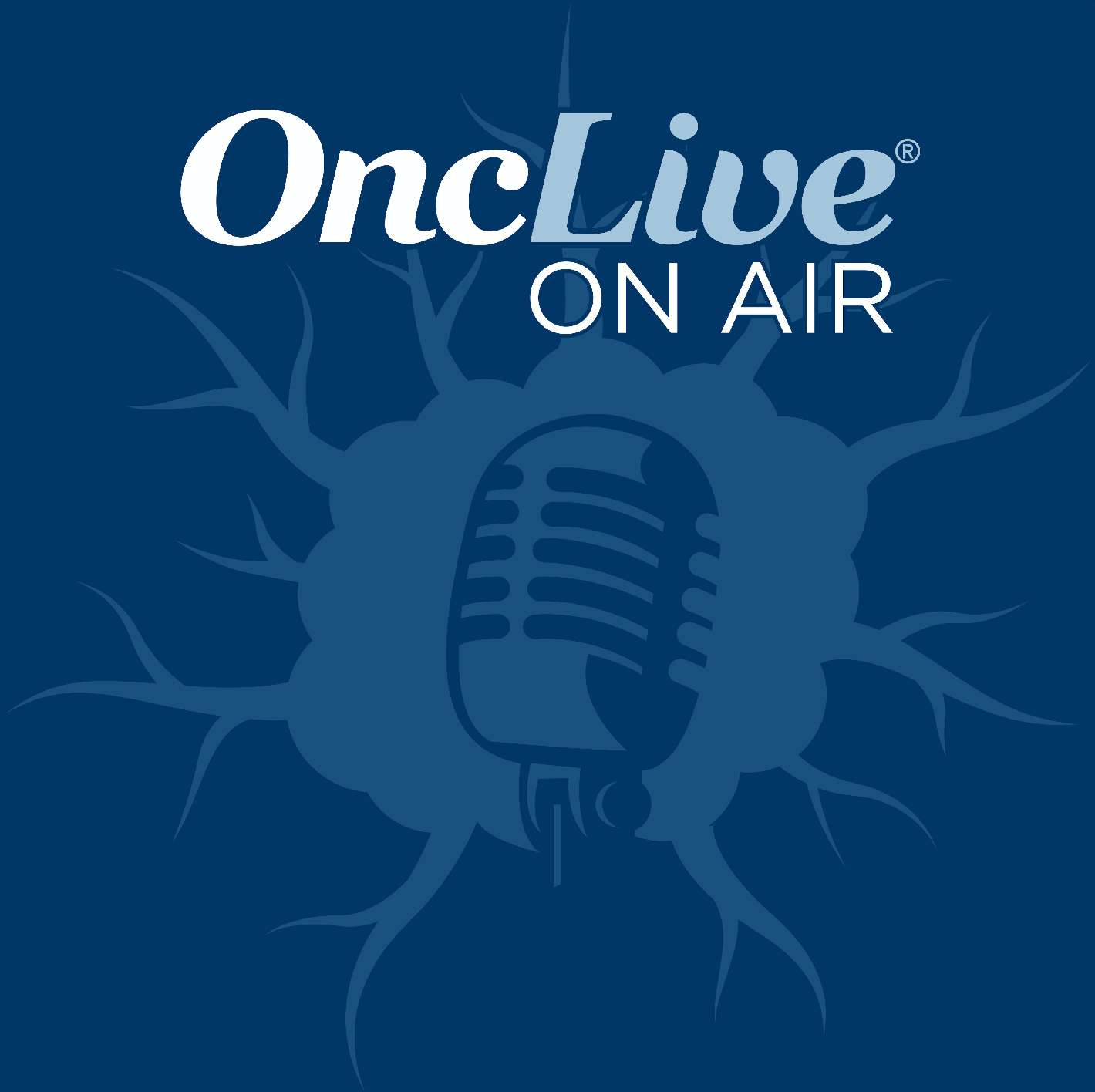Article
FDA Awards Orphan Drug Status to INB-400 and INB-410 for Newly Diagnosed Glioblastoma
Author(s):
The gamma-delta T-cell therapies INB-400 and INB-410 have received orphan drug designations from the FDA for use as potential therapeutic options in patients with newly diagnosed glioblastoma.

The gamma-delta T-cell therapies INB-400 and INB-410 have received orphan drug designations from the FDA for use as potential therapeutic options in patients with newly diagnosed glioblastoma, according to an announcement from IN8bio, Inc., the drug developer.1
The therapies utilize a the clinical-stage biopharmaceutical company’s DeltEx platform, which comprises proprietary gamma-delta T-cell engineering designed to overcome chemotherapy resistance, as well as advanced next-generation, closed-system, scalable, gamma-delta T-cell manufacturing.2
Gamma-delta T cells represent a subset of immune cells that have properties of both innate and adaptive immune systems. These cells are multifunctional, and they are capable of distinguishing between healthy and diseased tissue. Moreover, the gamma-delta T cells can directly kill tumor cells, but they are also able to recruit other immune cells to induce the elimination of cancer cells. Like natural killer cells, gamma-delta T cells can kill cancer cells without prior antigen priming; however, they can also directly present antigen to induce cytokine release and target neoantigens.
“Our goal is to achieve our Mission of Cancer Zero by eradicating cancer cells and improving patient outcomes,” William Ho, chief executive officer and co-founder of IN8bio, Inc., stated in a press release.1 “Our novel approach combines engineered, chemo-resistant gamma-delta T cells with standard-of-care treatments to amplify the immune signals, maximize tumor killing, and eliminate more cancer cells. We eagerly anticipate enrolling our first phase 2 patients for INB-400 later this year.”
In December 2022, the FDA cleared an investigational new drug application to begin the phase 2 trial (NCT05664243) evaluating INB-400 in patients with newly diagnosed glioblastoma.3
The trial will enroll patients with histologically or cytologically confirmed IDH wild-type glioblastoma who are at least 18 years of age and have a Karnofsky performance status of at least 70%.4 Arm A will comprise patients with newly diagnosed disease who will receive the autologous candidate, INB-400. In phase 1b, arms B and C will enroll patients with relapsed and newly diagnosed disease, respectively, who will receive the allogeneic candidate, INB-410. Those in arm B could not receive more than 1 previous standard treatment for their disease and they could not have received prior bevacizumab (Avastin).
In the prescreening period, patients will undergo standard resection of their tumor. Subsequently, those in arm A will undergo apheresis, which will serve to isolate immune cells from the blood, including the gamma delta T cells needed to make the products. Once the cells are created, they are frozen and stored for use. In the phase 1b portion of the trial, a donor will undergo apheresis to provide cells for the product for arms B and C.
After the cells are determined to have successfully been collected, those in arms A and C will receive standard treatment for newly diagnosed disease, which will comprise temozolomide and radiation for 6 weeks. This will be followed by a 4-week break before the initiation of maintenance treatment, which includes chemotherapy for 5 days given every 28 days for 6 cycles. The cell therapy will then be infused on the first day of each 5-day cycle and participants are slated to receive 6 total infusions.
Notably, those in arm B of the phase 1b portion of the trial will only receive 1 dose of temozolomide with the cell therapy every 28 days for 6 cycles.
After at least 30 days post cell therapy infusion, participants will be followed for toxicity.
The primary outcome measure of the phase 1b portion of the multicenter, open-label trial is to establish the recommended phase 2 dose for the phase 2 allogeneic arms and to identify patient or product characteristics that will improve the manufacturing process. For the phase 2 portion, the primary outcome measure in arm A is 12-month overall survival (OS) rate; in arms B and C, it is 9-month OS rate and 12-month OS rate, respectively.
Secondary outcome measures of interest include safety, tolerability, overall response rate, time to progression, progression-free survival, and definition of product characteristics.
Other gamma-delta T-cell product candidates are also being explored in phase 1 clinical trials.1 For example, INB-200 (NCT04165941) is under evaluation in patients with newly diagnosed glioblastoma, and INB-100 (NCT03533816) is under investigation in patients with leukemia who are undergoing hematopoietic stem cell transplantation.
References
- IN8bio receives FDA orphan drug designation for INB-400/INB-410 for the treatment newly diagnosed glioblastoma. News release. IN8bio, Inc. April 25, 2023. Accessed May 5, 2023. https://investors.in8bio.com/news-releases/news-release-details/in8bio-receives-fda-orphan-drug-designation-inb-400410-treatment
- Our technology. IN8bio, Inc. website. Accessed May 5, 2023. https://in8bio.com/technology/
- IN8bio announces FDA clearance to initiate a phase 2 clinical trial of INB-400 gamma-delta T cells for glioblastoma. News release. IN8bio, Inc. December 8, 2022. Accessed May 5, 2023. https://investors.in8bio.com/news-releases/news-release-details/in8bio-announces-fda-clearance-initiate-phase-2-clinical-trial
- A phase 1b/2 drug resistant immunotherapy with activated, gene modified allogeneic or autologous γδ T cells (DeltEx) in combination with maintenance temozolomide in subjects with recurrent or newly diagnosed glioblastoma. ClinicalTrials.gov. Updated December 23, 2022. Accessed May 5, 2023. https://clinicaltrials.gov/ct2/show/NCT05664243








